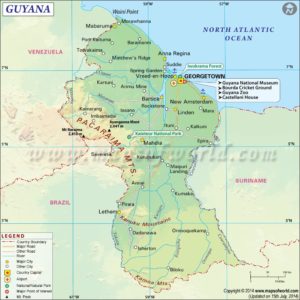
According to ExxonMobil’s partner, Hess Corporation, the drillship, Stena Carron drilled the Liza 3 well to a depth of 18,100 feet in 6,000 feet of water on a location about 2.7 miles from the Liza 1 discovery.
The well hit around 200 feet of net pay “in the same high-quality reservoirs” as the first two Liza wells, according to ExxonMobil partner Hess, and further solidified the potential recoverable oil in the reservoir, reports the Upstream oil and gas publication.
“Based on the Liza-3 results, we now expect the estimated recoverable resources to be at the upper end of the previously announced range of 800 million to 1.4 billion barrels of oil equivalent,” Hess said when announcing its third quarter results.
The magazine said the chief operating officer, Greg Hill, declined to give a resource estimate for the amount of gas in the find but said the reservoir has a “very healthy” gas-to-oil ratio that should aid in oil production.
Upstream reports that after reaching total depth on Liza 3, Stena Carron drilled a sidetrack in order to investigate some specific sand packages, Hill said. According to an ExxonMobil representative, the rig is still on the Liza 3 location. Upstream understands that ExxonMobil also set 9-5/8 production casing in the well. ExxonMobil spud Liza 3 on Sept. 4 and, like its predecessor Liza 2, the well will focus on testing the flank of the Liza structure to determine the aerial extent of the reservoir.
The rig will next move to the Payara exploration prospect about 10 miles northeast of Liza where the partners are targeting “a similar reservoir package” to what was seen at Liza, Hill said. The partners plan to sanction Liza in 2017, but first need to advance front-end engineering work, Hill said, adding that it is “just normal project progression to reach the (final investment decision) point.”
In July, ExxonMobil submitted a development plan for Liza to Guyana’s Environmental Protection Agency to begin the environmental review process that involved a floating production, storage and offloading vessel with capacity of around 100,000 barrels per day of oil in its first phase, Upstream reports.
Read more here.


